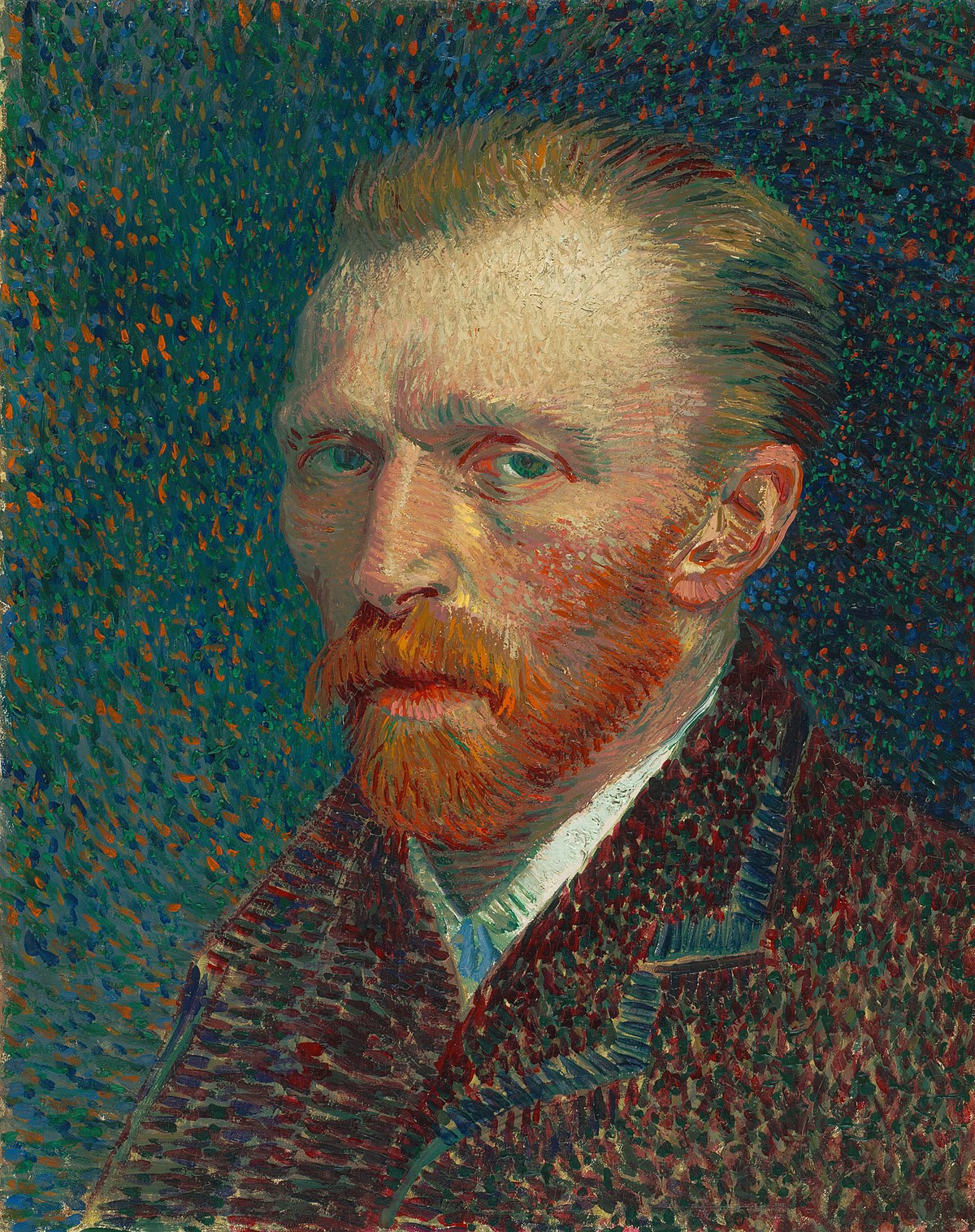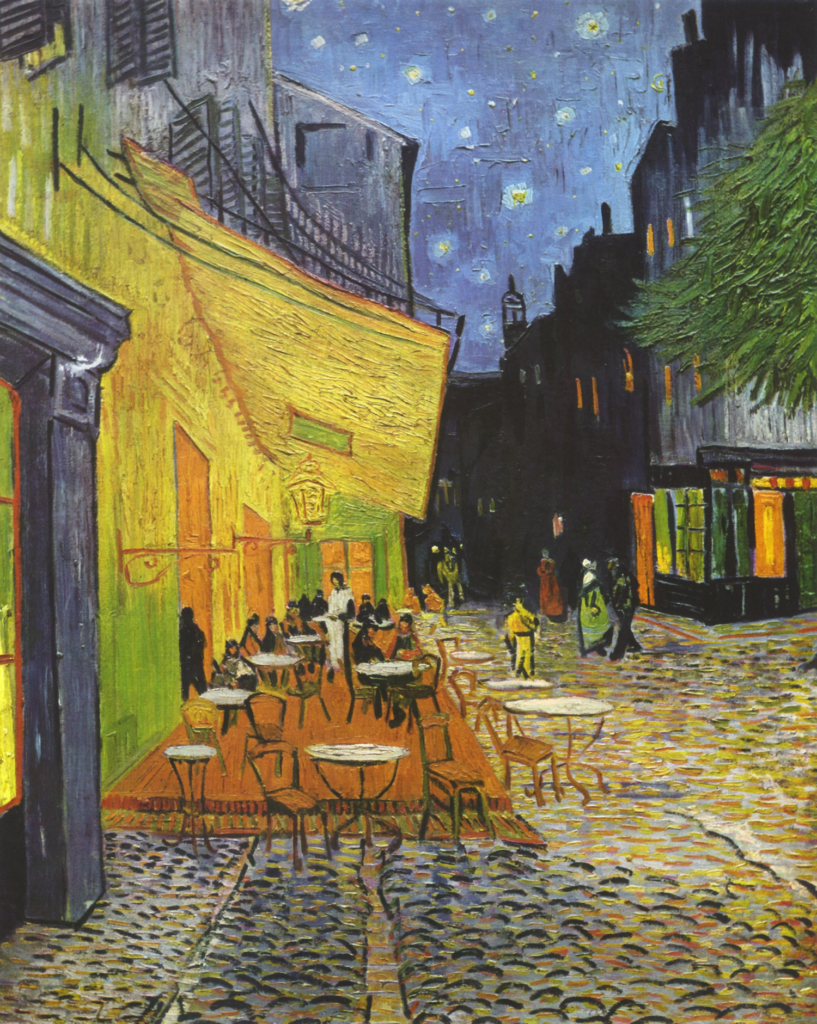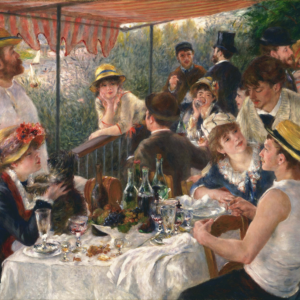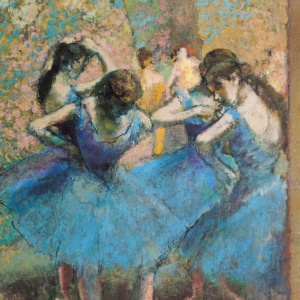Vincent Van Gogh
Vincent Willem van Gogh was a Dutch Post-Impressionist painter whose work had a far-reaching influence on 20th century art for its vivid colors and emotional impact.
Van Gogh was born on 30th March 1853 in the Netherlands. As a child, Vincent was serious, silent and thoughtful and throughout his life he suffered from anxiety and increasingly frequent bouts of mental illness. While he did not begin painting until his late twenties, he became extremely prolific an produced more than 2,000 artworks, consisting of around 900 paintings and 1,100 drawings and sketches. Most of his best-known works were produced during his final two years.
But what made Van Gogh the artist so important for everything that was to follow? If we look back at the evolution of art, precise depictions of the subject was at its core for most of history. Master were able to render any scene with an amazing sense of detail and realism culminating in the works of Rembrandt and his peers. However, with the invention of photography, such rendering all of a certain paled in comparison with the perfect pictures produced by photography.
In response, the art world saw the rise of impressionism with its focus on color and light over line, and subtle but visible brush strokes. In this, the artist remained a neutral observer, dutifully depicting their impression of the scene.
But Van Gogh pushed further. While working with motives, forms and colors, Van Gogh started to use colors to convey certain feelings. In e.g. “The Night Café”, he used red, yellow and green as well as the distortion of the observed room to communicate hopelessness and potential human ruin. He thereby left the tenet of the impressionists to stay a neutral observer behind and interpreted his subject and based on that, choose his colors to convey this to the viewer.
“I dream of painting and then I paint my dream.”
Post Impressionism
This use of colors and shapes to influence the viewer emotionally, post-impressionism, had enormous impact on the world of art. It birthed the expressionist movement, which takes an even clearer approach to conveying feelings through art. “The Scream” by Edvard Munch is a good example. But the inspiration from Van Gogh goes further than that. What Van Gogh really started was allowing colors and shapes, rather than motive, to be the artists tools in influencing the viewers emotions. As this was taken to ever more extremes, it meant the decreasing importance of the subject and the increasing importance of colors and shapes in order to influence the viewer. Taken to the extreme, no subject is really required, as long as the shapes and colors employed have the power to convey emotions to the viewer. Thus modern art was born in the legacy of Van Gogh. This is his legacy, and the reason he stands as a giant among the most influential and admired masters in the world of art.
“I feel that there is nothing more truly artistic than to love people.”
His body of work, with its vivid colors and emotional impact, has greatly influenced artists and inspired laymen alike. As said by art critic Sue Hubbard regarding a Van Gogh exhibition: “At the beginning of the twentieth century Van Gogh gave the Expressionists a new painterly language which enabled them to go beyond surface appearance and penetrate deeper essential truths. It is no coincidence that at this very moment Freud was also mining the depths of that essentially modern domain – the subconscious”.
By the summer of 1890, Van Gogh was at the top of his genius and as prolific as ever. In the course of 70 days he produced 70 paintings. And yet, on 27 July 1890, aged 37, Vincent Van Gogh walked into a field and shot himself in the chest with a revolver. While he survived the impact, he did not realize that his injuries were to be fatal, and he walked back to the Ravoux Inn. He died there two days later.
His works however live on in their exceptional quality, expressive coloring and insights into the human soul.






